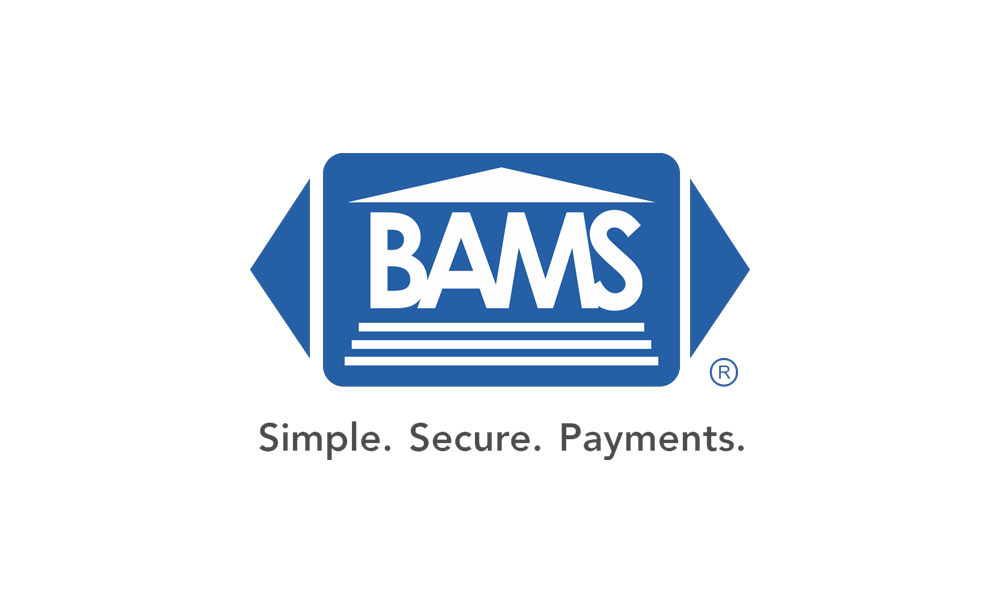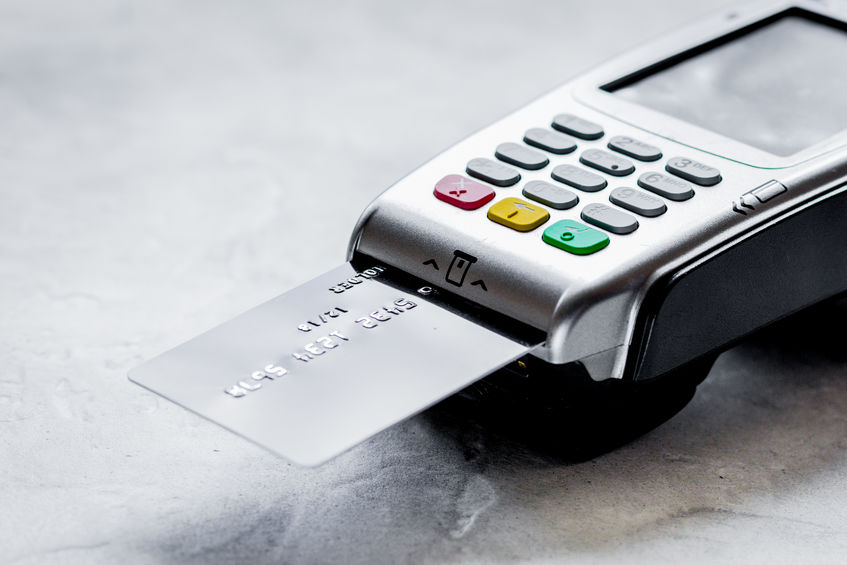What is Cyber Monday and What Can It Mean for Merchants?
Cyber Monday is the online sale event of the year. Since 2005, it has occurred every year on the Monday after Thanksgiving and is the opposite bookend to the more longstanding Black Friday sale. And while Black Friday might be the most important shopping day of the year when it comes to in-store brick and mortar sales, overall, Cyber Monday is now king, with almost eight billion dollars spent on Cyber Monday 2018. That shift means a couple of things: first, that Cyber Monday represents a huge opportunity for merchants to supercharge their holiday sales, and second, that competition for online shoppers’ attention is at a yearly high on that day.
Tips to Maximize Cyber Monday Revenues
Every online retailer is scrambling for a piece of the pie on Cyber Monday, and the big dogs like Amazon and other major national retailers all go all-out with their sales. That means to compete successfully, you need to take your Cyber Monday preparation seriously. The following five tips represent straightforward but vitally important actions you can take to maximize the results of your Cyber Monday sale.
1) Optimize Your Website in Advance
It might seem obvious, but make sure your website works and can handle the traffic that comes along with a major sale. There is nothing in marketing more heartbreaking than a promotion being so successful that it crashes the website and renders the entire thing moot. It’s also important to make sure your mobile site is optimized because mobile devices are quickly becoming the favorite tool of online shoppers. In fact, mobile sales made up almost 40% of 2018 holiday shopping, and are projected to hit almost 45% in 2019.
2) Tease Your Biggest Sales
Every year, Amazon uses its shopping app to give users a sneak peek of the sales that await them on big shopping days like Prime Day and Cyber Monday. Amazon knows that to drive as much traffic as possible to your Cyber Monday sale, you’ve got to tease your hottest deals and get people interested well in advance. Not every retailer has an app, but even website-based sneak peeks, YouTube videos, and social media posts can go a long way to ensuring that when Cyber Monday does roll around, shoppers remember to go to your website first.
3) Tie-In to the Holiday Season
Black Friday became the enormous sale that it is because it has traditionally marked the beginning of the Christmas shopping season in the United States. This year, Thanksgiving falls particularly late in November, resulting in Cyber Monday actually falling on December 2nd. Don’t underestimate the impact that flipping the calendar over to December can have on your customers. Consumers are going to be more geared up than ever to holiday shop this Cyber Monday, so make sure to explicitly tie holiday messaging into your sales and marketing materials.
4) Offer Free Shipping
Maybe the only thing people love as much as an online deal is free shipping. Nothing will stop consumers from shopping online on Cyber Monday, but free versus paid shipping could be the difference between them deciding to do that shopping with a competitor rather than with you. Any time you can offer free shipping, it can represent a huge boost to sales, but it can be a slam dunk on Cyber Monday when combined with good promotions.
5) Maximize Your Profits with Lower Card Fees
Volume isn’t everything when it comes to having a successful Cyber Monday, but a significant boost in total units sold is almost a certainty when holiday promotion is done right. But every one of those extra online sales carries a transaction processing fee, meaning your monthly merchant bill is going to go up too. Minimizing those transaction fees by moving to a lower-cost payment processor prior to the sale represents a great way to maximize your Cyber Monday profitability, with the added bonus of being the gift that keeps on giving all year long.
BAMS’ interchange plus pricing represents the most transparent and affordable fee structure in the payment processing industry. Whereas other companies charge flat fees regardless of what kind of card purchase is made with, the interchange-plus model charges based on the actual interchange rate for each transaction. That means when customers use low-interchange cards, you’ll never be overcharged.
For more information on BAMS’ interchange-plus pricing model, or to find out exactly how much money a BAMS merchant account could save you every month, request your five step price comparison today.




